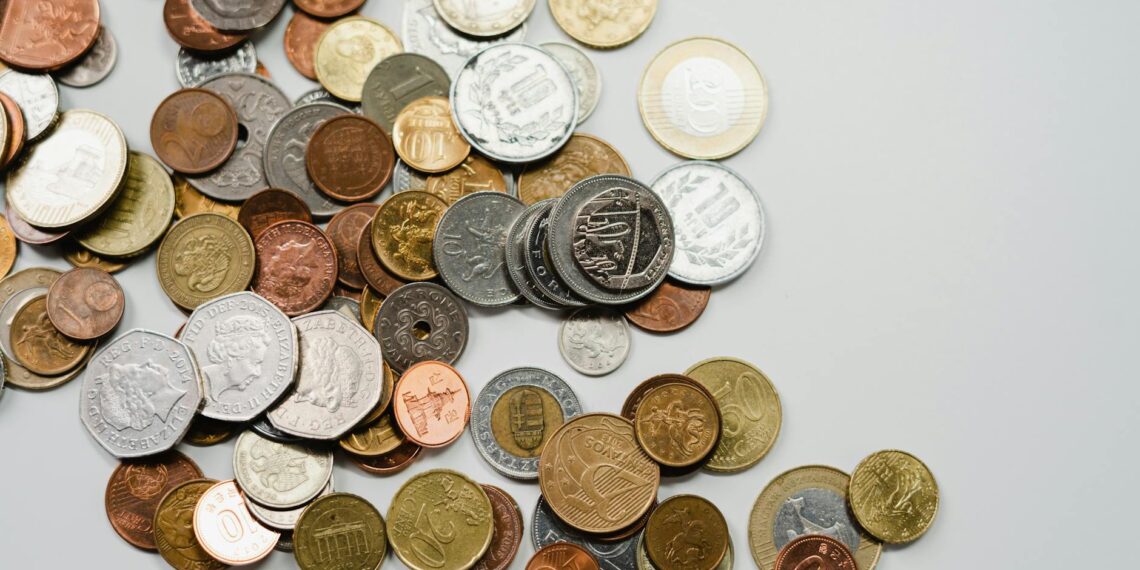In most cases, a 1971 Kennedy half dollar is worth slightly more than its face value of 50 cents.
However, some 1971 half dollars can be quite valuable depending on their condition and whether they have any mint errors.
Here’s a breakdown of the potential value of 1971 Kennedy half dollars:
- Circulated Coins: If the coin shows signs of wear and tear from being used in everyday transactions, its value is typically around $0.60-$0.75.
- Uncirculated Coins: Coins that are in pristine, uncirculated condition, meaning they’ve never been used in transactions, can fetch higher prices. Depending on the grade, an uncirculated 1971 half dollar could range from $0.80 to $3,150, according to Greysheet.
- Proof Coins: These special coins, minted in San Francisco (indicated by an “S” mint mark) for collectors, have a shiny, polished finish and generally range from $4 to $18 in value.
Certain mint errors can significantly increase the value of a 1971 half dollar. Here are some examples:
- Struck on 40% Silver Planchet: Some 1971-D half dollars were accidentally struck on leftover 40% silver planchets (coin blanks) instead of the standard copper-nickel clad. These are extremely rare and can be worth $10,000 or more. You can check for a silver edge, as the standard clad coins would show a copper layer.
- Missing FG Initials: Some 1971-D half dollars are missing the designer’s initials “FG” due to die polishing. These can sell for over $500 in uncirculated condition.
- Wrong Metal Planchet: Coins struck on planchets intended for other denominations (like nickel or quarter clad strips) are also rare errors. These can have values ranging from several hundred dollars to over $1,000 depending on the specific error. For instance, a 1971 half dollar struck on a quarter clad strip, which is lighter than a standard half dollar, could be worth $400 or more.
- Doubled Die Errors: When the coin was struck twice, creating a doubled appearance in the design elements, it’s considered a doubled die error. These can be worth $2,000 or more.
- Off-Center Strikes: If the coin was struck off-center, with part of the design missing, it’s an error. The more off-center it is, the more valuable it might be.
In summary
While most 1971 half dollars are primarily worth their face value or slightly more, uncirculated coins and those with specific errors, especially those struck on silver planchets, can be worth a significant amount of money to collectors.
To accurately determine the value of your specific 1971 half dollar, it’s best to consult a professional coin appraiser or use online resources like [Greysheet] or [the NGC price guide] for a more precise assessment.









How do I know if my 1971 half dollar coin is valuable?
From my experience, Some 1971 half-dollar coins were made using leftover silver. These are very rare and can sell for $10,000 or more. You can check if your coin has silver by looking at the edge—if you see copper, it’s not silver.
How can you tell if a 1971 silver dollar is rare?
The rarity of a 1971 silver dollar is influenced by factors such as mintage, condition, variety, and packaging. Some varieties, like the silver uncirculated coins, were produced in smaller quantities, making them rarer. Coins in better condition with minimal wear are generally more valuable.
Are any 1971 half dollars silver?
In 1971, silver was eliminated entirely from the half dollar. Though production increased, the clad coin saw only a moderate increase in circulation; by 1980, usage had gradually fallen to the point where the half was only occasionally seen in circulation.
What makes a 1971 Kennedy half dollar no mint mark?
Great question! The absence of a mint mark indicates that it was minted in Philadelphia. The 1971 Kennedy Half Dollar without a mint mark is a circulated coin with no specified grade or certification.